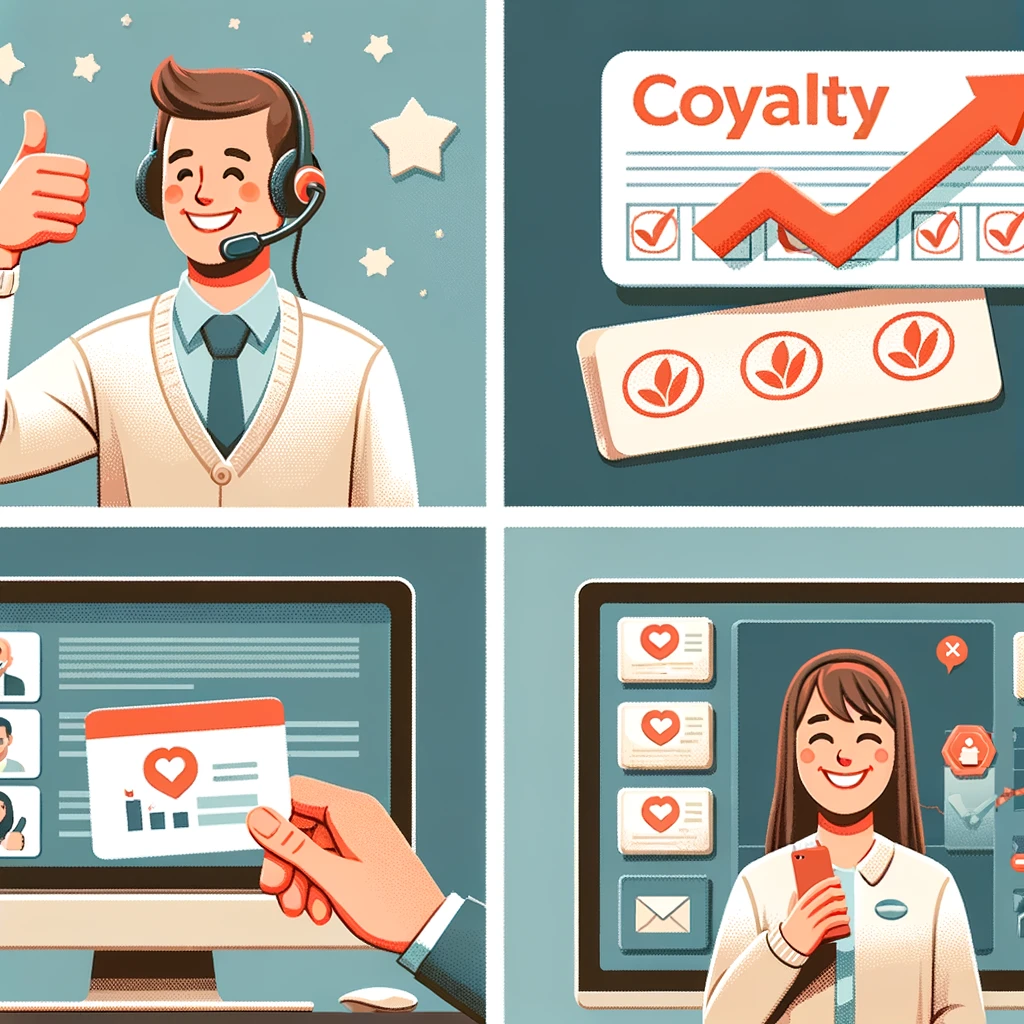
In today’s fiercely competitive marketplace, acquiring new customers often demands significant time, effort, and financial resources. Marketing campaigns, advertising initiatives, and robust sales teams all play crucial roles in attracting new clientele. However, a wise business strategy recognizes the paramount importance of customer retention. Retaining existing customers is not only significantly more cost-effective but also a cornerstone for sustainable long-term growth.
Understanding the Economic Benefits of Customer Retention
The financial advantages of retaining existing customers are undeniable.
- Reduced Acquisition Costs: Acquiring a new customer can be a costly endeavor. Marketing and advertising expenses, sales commissions, and the time invested in lead generation all contribute to the overall acquisition cost. In contrast, retaining existing customers requires significantly less investment.
- Increased Customer Lifetime Value: Loyal customers tend to spend more money over time. They are more likely to make repeat purchases, explore new product offerings, and even refer new customers to the business. This increased spending translates directly into higher revenue streams and improved profitability.
- Enhanced Profitability: By minimizing customer acquisition costs and maximizing customer lifetime value, businesses can significantly enhance their overall profitability. Reduced marketing expenditures, increased sales revenue, and improved operational efficiency all contribute to a stronger bottom line.
The Challenges of Maintaining Customer Loyalty
While the benefits of customer retention are clear, businesses face several challenges in their efforts to maintain customer loyalty.
- Intense Competition: The modern marketplace is characterized by intense competition. Consumers have access to a vast array of choices and can easily switch to competitors offering attractive alternatives or more compelling value propositions.
- Evolving Customer Expectations: Customer expectations are constantly evolving. Businesses must remain agile and adaptable to meet the changing needs and preferences of their clientele. This necessitates continuous innovation, product improvements, and a proactive approach to understanding and addressing customer feedback.
- The Impact of Negative Experiences: A single negative customer experience can have a profound impact on customer loyalty. Poor customer service, defective products, or negative online reviews can quickly erode trust and lead to customer churn. Businesses must prioritize customer satisfaction and strive to deliver exceptional experiences at every touchpoint.
Strategies for Effective Customer Retention
Implementing effective customer retention strategies is crucial for long-term business success.
- Delivering Exceptional Customer Service: Providing outstanding customer service is paramount. This involves going the extra mile to address customer inquiries, resolve issues promptly and efficiently, and exceeding customer expectations at every interaction.
- Personalizing the Customer Experience: Tailoring interactions to individual customer needs and preferences fosters stronger relationships. Utilizing customer data to personalize communication, offer relevant product recommendations, and create customized experiences can significantly enhance customer engagement and loyalty.
- Providing Ongoing Value: Continuously providing value to customers is essential. This can be achieved through various means, including introducing new products and services, offering exclusive promotions and discounts, implementing loyalty programs, and providing regular product updates and enhancements.
- Building Strong Customer Relationships: Fostering open and transparent communication channels is crucial for building strong customer relationships. Engaging with customers through social media, email marketing, and customer feedback mechanisms allows businesses to understand their needs, address concerns, and build lasting connections.
- Continuous Monitoring and Improvement: Regularly monitoring key customer retention metrics, such as customer churn rate and customer lifetime value, is essential for identifying areas for improvement. Analyzing customer feedback, conducting customer surveys, and utilizing customer data analytics can provide valuable insights into customer behavior and preferences, enabling businesses to refine their retention strategies and continuously enhance the customer experience.
By implementing these strategies and prioritizing customer retention, businesses can not only reduce costs and increase revenue but also build a loyal and engaged customer base that will drive long-term growth and success.
